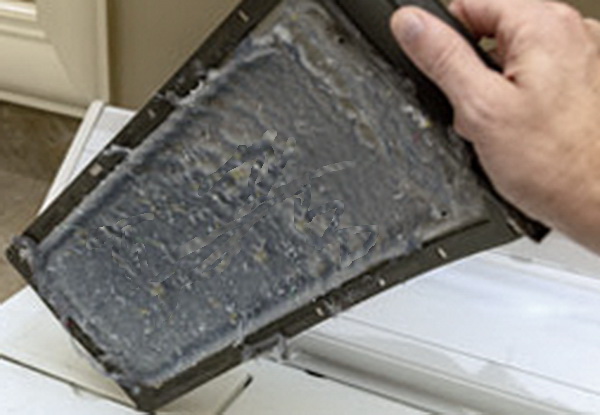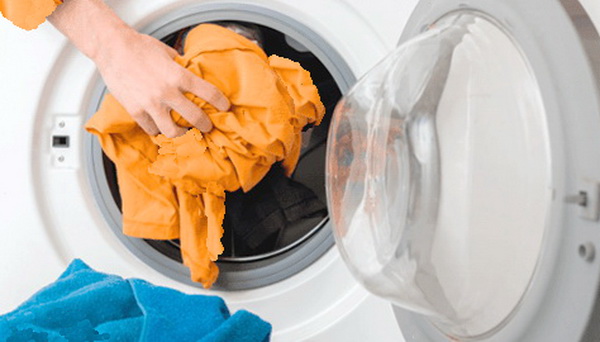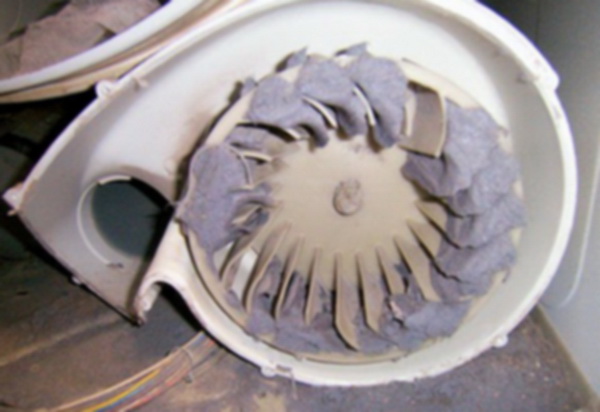Are you questioning why your clothes dryer takes too long to dry? It is possible that your dryer is having issues, but there are steps you can take to speed up the process to fix it. We will explore the common causes of extended drying time, such as power issues and incorrect settings on the dryer.

Dryer Takes Too Long To Dry? Here Are The Reasons
Dryers that take forever to dry may not only be due to faulty parts or malfunctioning, but could also be caused by the settings on the dryer. Here are 10 causes of prolonged drying times, as well as how to address them.
10 Reasons Dryer Takes Too Long To Dry
- The venting system on your dryer is clogged.
- Dryer has bad gas valve solenoids.
- The gas may be turned off to your dryer.
- Dryer could be overloaded.
- The settings on the dryer controls could be set incorrectly.
- Heating element in dryer is bad?
- Thermostat in dryer not working properly.
- Bad drum seals could be letting hot air escape.
- The blower wheel is not circulating air?
- Dryer has electrical problems.
1. Clogged Dryer Vents
One of the most common reasons for a dryer taking too long to dry is a clogged vent. Over time, lint and debris can accumulate in the dryer vent, restricting airflow and causing the appliance to work harder to dry clothes.
Tips for unclogging dryer vents: Clean the lint filter after every use to prevent buildup. Inspect the vent pipe for blockages and clean it every six months. Check the outside vent flap for obstructions and ensure it opens and closes freely.

2. Faulty Gas Valve Solenoids
If one or more of the gas valve solenoids fail, the dryer won’t heat. To determine if this is the issue, check the igniter. If it glows but the gas doesn’t ignite, the solenoids might be faulty.
3. No Gas Flow
If there is no gas flow, the dryer won’t heat. Ensure that the gas supply to the dryer is turned on and that there are no obstructions in the gas line.
4. Overloaded Dryer
An overloaded dryer takes longer to dry clothes and can strain the appliance. To ensure optimal performance, avoid overfilling the dryer and follow the manufacturer’s recommended load size.
How to load dryer properly: Separate heavy items from lightweight ones. Dry similar fabrics together. Shake out clothing before placing it in the dryer to improve airflow

5. Incorrect Settings
Using the wrong dryer settings can also cause long drying times or your dryer takes two cycles to dry. Ensure you’re using the correct cycle and temperature for the type of fabric you’re drying.
Tips for choosing the right settings: Use the moisture sensor setting for efficient drying. Adjust the temperature according to fabric type. Refer to the dryer manual for specific guidelines on settings.
6. Faulty Heating Element
A faulty heating element can contribute to slow drying times. If the dryer isn’t getting hot enough, it may need a new heating element.
Diagnosing a faulty heating element: Check for signs of damage or wear on the heating element. Test the heating element with a multimeter for continuity.
7. Malfunctioning Thermostat
A malfunctioning thermostat can cause the dryer to take longer to dry clothes. The thermostat monitors the temperature inside the dryer, and if it’s not working correctly, it may not heat the dryer sufficiently.
Tips for troubleshooting a faulty thermostat: Test the thermostat with a multimeter for continuity. Replace the thermostat if it’s not functioning properly. Consult a professional if you’re unsure about diagnosing and repairing the thermostat.
8. Worn Drum Seals
Worn drum seals can cause a dryer to take longer to dry clothes. Drum seals prevent hot air from escaping the dryer and ensure proper airflow. If your dryer has worn or damaged drum seals, it may be less efficient in drying your clothes.
Diagnosing and repairing worn drum seals: Inspect drum seals for wear or damage. Replace the seals if necessary.
9. Inefficient Blower Wheel
An inefficient blower wheel can significantly impact drying times. The blower wheel helps circulate air through the dryer, and if it’s not functioning properly, it can slow down drying times.
Tips for diagnosing and repairing a faulty blower wheel: Inspect the blower wheel for damage or wear. Clean the blower wheel to remove any lint or debris. Replace the blower wheel if necessary. Consult a professional for blower wheel repair or replacement.

10. Electrical Issues
If your clothes are not drying properly, inspect your power source. It is essential to remember that electric dryers need a 240 volt outlet in order to perform correctly. A 120 volt outlet will provide less electricity, resulting in much longer drying times. However most gas dryer run on 110 volts.
There may also be problems within the electrical system, such as damaged wiring or a malfunctioning motor, can cause the dryer not to heat properly.
A gas dryer taking too long to dry can be caused by various factors, such as clogged vents, gas flow issues, incorrect settings, or faulty components. Maintenance and proper use can help prevent these issues and ensure your dryer runs. If you’re unsure about diagnosing and repairing your dryer, consult a professional for assistance.



Leave a Reply